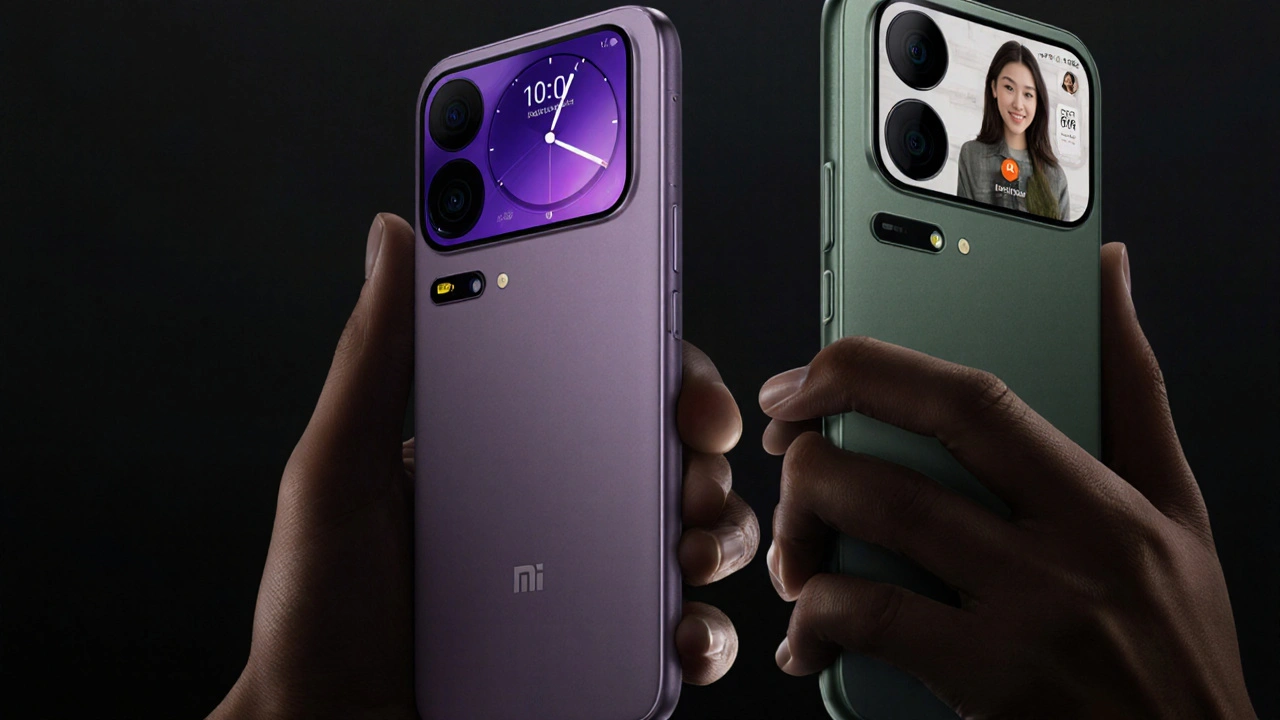Dual‑Screen Smartphones: Features, Benefits, and Buying Tips
If you’ve ever felt cramped by a single screen, you’re not alone. Dual‑screen smartphones are shaking up the market by giving you extra real‑estate without making the device bulkier than a regular phone. In this guide we’ll break down why they matter, what to look for, and which models are worth a closer look.
Why Dual‑Screen Phones Are Gaining Traction
First off, a second screen isn’t just a gimmick. It lets you run two apps side‑by‑side, keep chat windows open while watching a video, or use one panel as a dedicated keyboard. For multitaskers, that’s a productivity boost that rivals a small tablet. The tech behind it has also improved – hinges are stronger, screens are tougher, and the gap between the two panels is almost invisible now.
Another driver is content consumption. Gamers love the extra screen for maps or inventory, while creators can edit photos on one display and preview on the other. Even simple things like scrolling through Instagram on one side and replying to emails on the other feel smoother than flipping between tabs.
Top Features to Look For
Durability. Dual‑screen phones have moving parts, so a robust hinge and Gorilla Glass protection are non‑negotiable. Check for water‑resistance ratings – IP68 is ideal.
Screen quality. Look for high refresh rates (90 Hz or more) and good colour accuracy. Since you’ll be using both panels often, a bright display helps outdoors.
Software integration. The OS should recognise the second display as a functional extension, not just a mirror. Features like drag‑and‑drop, separate app shortcuts, and battery‑saving modes are clues the manufacturer has done the homework.
Battery life. Two screens drain power faster. A 4500 mAh‑plus battery with fast‑charging support keeps you from hunting plugs all day.
Price vs. performance. Dual‑screen phones tend to sit in the premium range, but you don’t always need the newest flagship processor. Mid‑range chips can still deliver smooth multitasking if the software is well‑optimized.
When you compare models, keep a quick checklist handy: hinge durability, IP rating, screen specs, battery capacity, and how the UI treats the extra display.
Popular options right now include the Samsung Galaxy Z Fold series, which folds horizontally but can be used as a dual‑panel device, and the Microsoft Surface Duo, which offers two independent screens right out of the box. Both have strong ecosystems, but the Duo leans toward productivity while the Fold feels more like a phone‑tablet hybrid.
If you’re on a tighter budget, look for brands that reuse the dual‑screen concept in a flip‑style phone. They often drop the price by using a single large outer screen and a smaller inner panel for quick actions.
Finally, think about how you’ll actually use the second screen. If you mainly need a bigger canvas for reading or watching, a large foldable might be overkill. If you love gaming or need to keep a chat window open while working, a true dual‑screen design will pay off.
Bottom line: dual‑screen smartphones are no longer a niche novelty. They offer tangible benefits for multitasking, gaming, and creative work. By focusing on durability, screen quality, software support, battery life, and price, you can find a device that feels like a natural extension of your daily workflow rather than a bulky experiment.
Xiaomi 17 Series Unveiled with Snapdragon 8 Elite Gen 5: A Direct Challenge to Apple
Xiaomi launched its 17 lineup on September 25, 2025, the first phones to house Qualcomm's Snapdragon 8 Elite Gen 5 built on a 3nm process. The trio – 17, 17 Pro, and 17 Pro Max – packs a rear secondary display, a 7,300 mAh battery and a performance edge that rivals Apple's A19 Pro. CEO Lei Jun pledged RMB 200 billion for tech development, signaling a bold push into premium markets.
View more